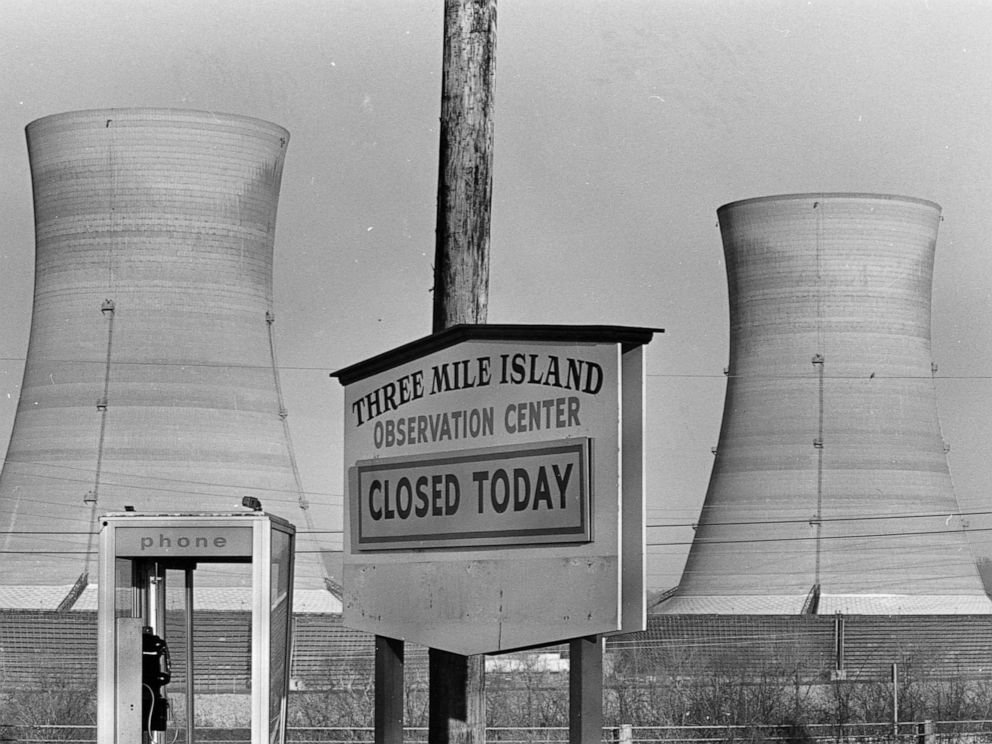


Mark Szybist, a senior attorney with Natural Resources Defense Council, says that without new policies, nuclear plant closures could lead to more greenhouse gas emissions. Pennsylvania's five existing nuclear plants account for about 93 percent of the state's carbon-free power. The dormant cooling towers are from Unit 2, which was permanently damaged in the 1979 accident. The working cooling towers of Exelon Generation Unit 1 in the foreground are emitting water vapor.

Dick Thornburgh recommended that pregnant women and young children evacuate. on a Wednesday, but it took several days before people understood the severity of the problem, as public officials struggled to explain what was happening. The accident was a combination of human error, design deficiencies and equipment failures. On March 28, 1979, Three Mile Island's Unit 2 reactor suffered a partial meltdown after a pump stopped sending water to the steam generators that removed heat from the reactor core. It's a turnaround few would have foreseen in the chaotic days after the accident. Unit 1 at the plant, near Harrisburg, Pa., is slated to close later this year.īut mounting concerns about climate change, and the need for zero-carbon power, are also driving a new push to keep Three Mile Island and other nuclear reactors open. Today, the remaining working reactor at Three Mile Island, Unit 1, faces new challenges, including cheaper competition in a rapidly shifting energy grid. history sparked a backlash against the industry and halted its growth for decades. To the left are the cooling towers for the mothballed Unit 2 reactor, which partially melted down.įorty years ago, the most serious nuclear accident in U.S. A historical marker commemorates the 1979 nuclear accident at Three Mile Island - the most serious in U.S.


 0 kommentar(er)
0 kommentar(er)
